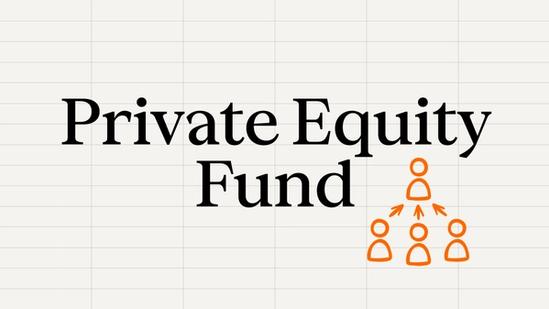Magnus Tornling: What’s Going on with the Global IPO Markets?


Amid the evolving economic landscape, Magnus Tornling highlights a promising outlook for the global IPO market, as companies embrace conservative pricing strategies and adapt to current challenges.
Nobody likes zombie stocks. They scare off buyers, frustrate sellers, and send a chill through the market. Right now, there are several zombie stocks on the loose — but thankfully, the zombie killers are coming into view on the horizon.
A boom in initial public offerings (IPOs) in the immediate post-COVID period of 2020-21 flooded the market with highly valued stocks whose prices later collapsed as market conditions deteriorated.
Buyers all but disappeared, leaving would-be sellers sitting on their stakes and waiting for market conditions to improve. These are the zombie stocks. Yet public markets today are no horror story. They are, in fact, in surprisingly good health given the shocks we have experienced since 2022.
We have seen rampant inflation drive up interest rates, Russia invade Ukraine, and Israel invade Gaza.
We also have widespread political uncertainty as we await the results of key elections across the globe, not least the U.S. presidential election in November. Despite all this, leading stock market indices today are near all-time highs and volatility is low.
Corporate earnings are holding up well, with broad acceleration in growth and earnings.
The number of IPOs has fallen significantly so far this year, for sure, and it will take time for the market to heal. However, high-quality companies are still choosing to come to market. The key to success — for the companies, their investors, and buyers of equities — is pricing.
If you bring a company to market today at a very high valuation and it doesn’t trade well out of the gate, interest quickly disappears, liquidity dries up, and the stock price suffers. Then you have a zombie on your hands. This is bad news for investors who want to exit their positions because it prevents them from selling down their stakes in the short to medium term.
To avoid creating a zombie, a different mindset is required: one must treat the IPO as a financing event rather than an opportunity to maximize gains and make a quick exit. This is our approach at EQT. For us, a successful IPO is one that generates two opportunities to sell in the first 12 months.
In today’s market, the financing event mindset probably points to conservative IPO pricing.
If this sounds uninspiring, then it is worth pointing out that conservative pricing actually has very little impact on the return from an investment over the long term. What does have a real impact is whether or not an investor is in a position to sell after an IPO, and how quickly they can do so.
In the current environment, IPOs need to trade strongly because buyers demand the reduced purchasing risk that comes with higher liquidity.
Indeed, some investment funds are blocked by their compliance departments from buying large stakes in illiquid stocks because of the risk that they cannot later exit their positions quickly.
With the financing event mindset, we can safely bring companies to market in a weaker IPO environment with a view to selling when conditions improve. We give a little at the point of IPO but take it back later when we sell.
Which leads us to the question: When will market conditions improve? Let me get my crystal ball. I do not think we will see a return to normal this year or in the first half of 2025. A healthy skepticism remains in the IPO market after 2020-21. IPOs work best when there is a high degree of risk-taking in the market but we are not at that point yet.
The IPO market, as with most public and private markets, does not like uncertainty. We have yet to gain complete clarity on the path of interest rates, even if the European Central Bank just cut its base rate for the first time since 2019.
Economists expect the U.S. Federal Reserve to follow suit in September, with perhaps a further cut before the end of the year — but these are forecasts, and forecasts have been unreliable in recent months.

We will probably see higher volatility going into the U.S. election, even if investors have already experienced both candidates in power. Some companies may try to squeeze their IPOs into the period after Labor Day in early September and before the U.S. elections in early November.
Still, I imagine that the fourth quarter will be fairly quiet. This means that 2024 is likely to be a subdued year once again. The market will only really open up when interest rates fall, which of course depends on inflation continuing to ease.
Among other things, lower interest rates make fixed-income investments less attractive, thereby freeing up cash for equity investment. If central bank policy follows the expected path, we should see a pickup in IPO activity in the first quarter of next year.
In other words, lower interest rates and reduced political uncertainty are the zombie killers we see on the horizon today.
Should they march on and defeat the horde, we may see something like a return to normal in the IPO market in the second half of 2025.
ThinQ by EQT: A publication where private markets meet open minds. Join the conversation – [email protected]



